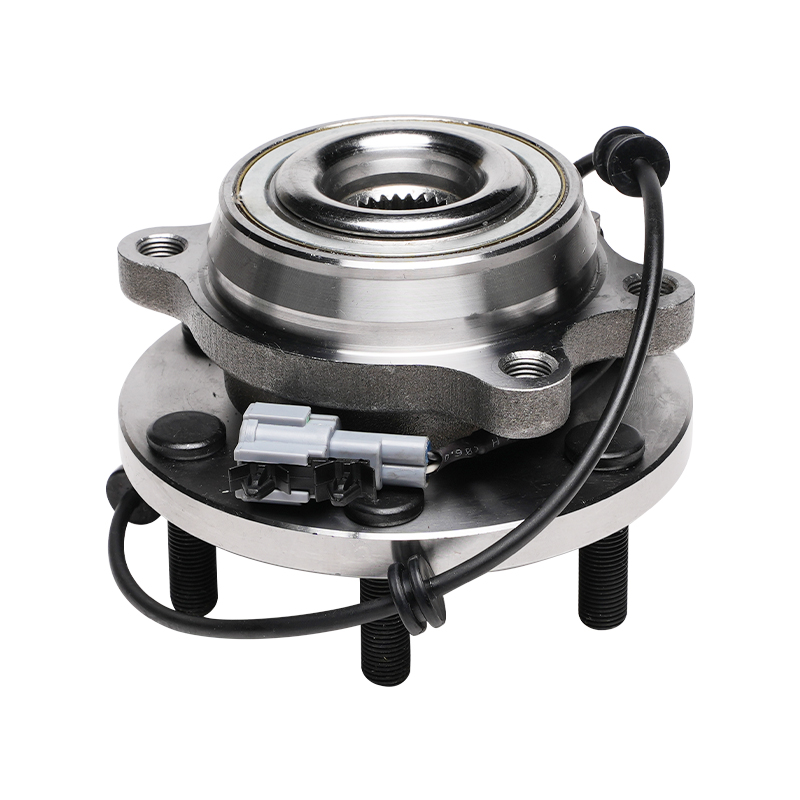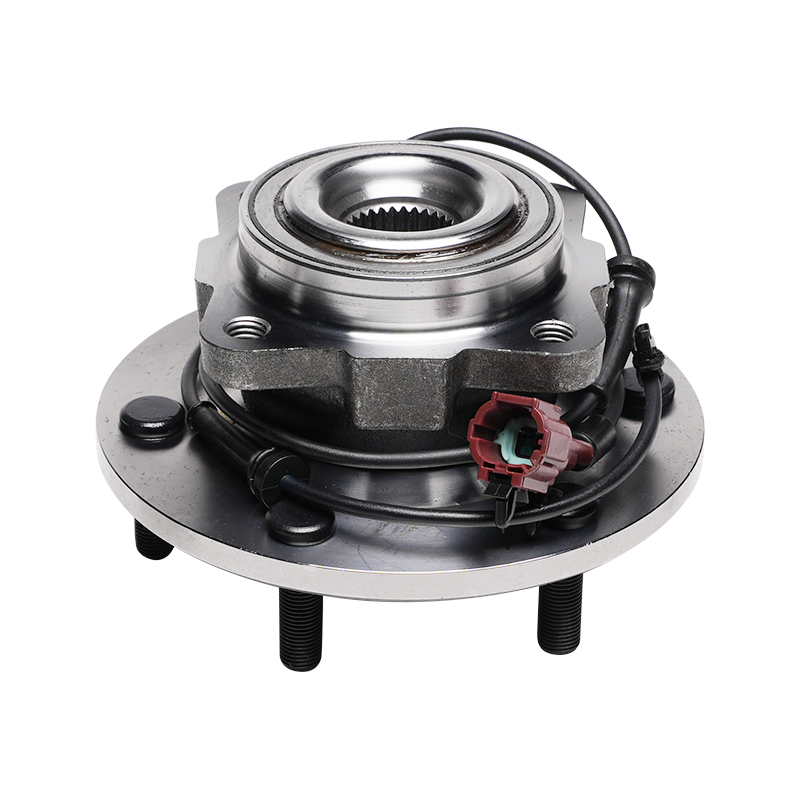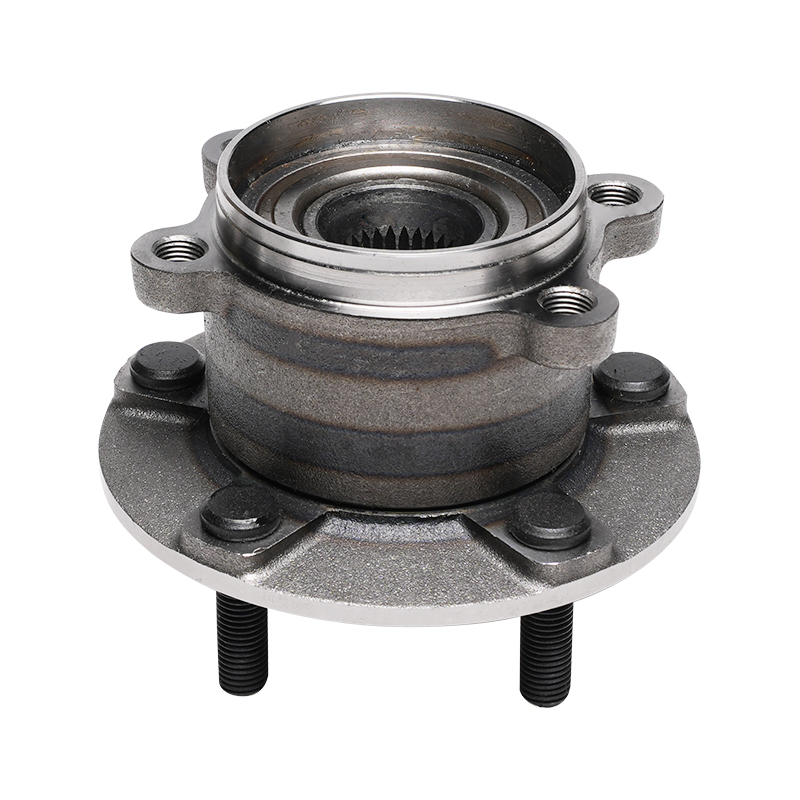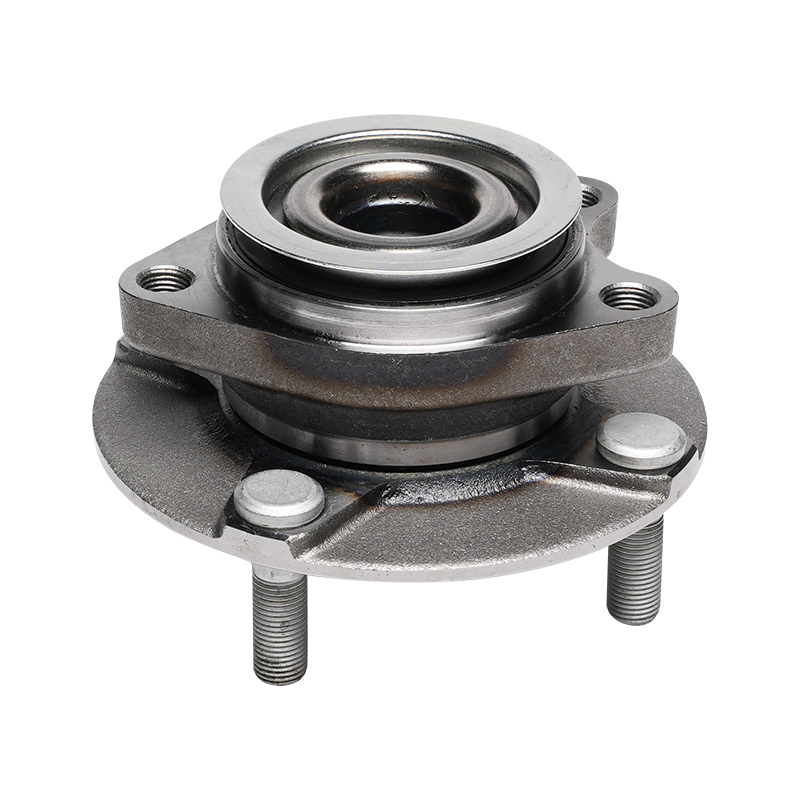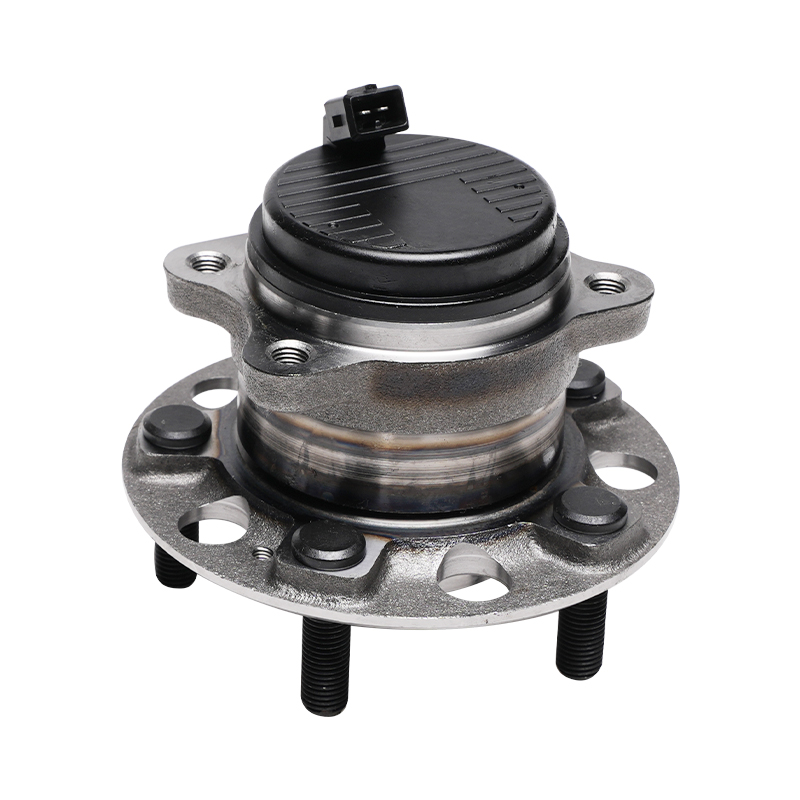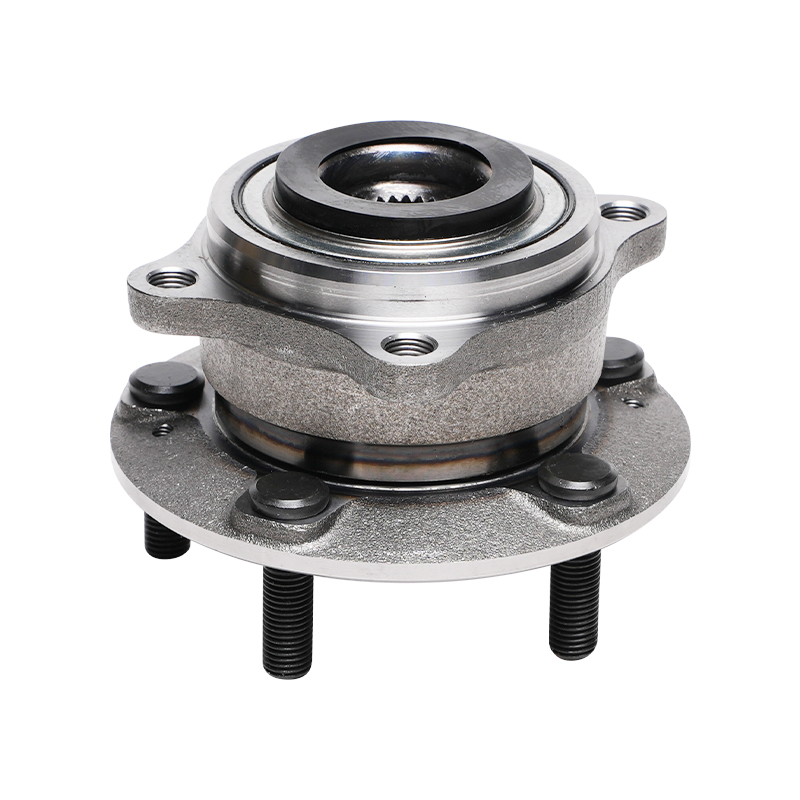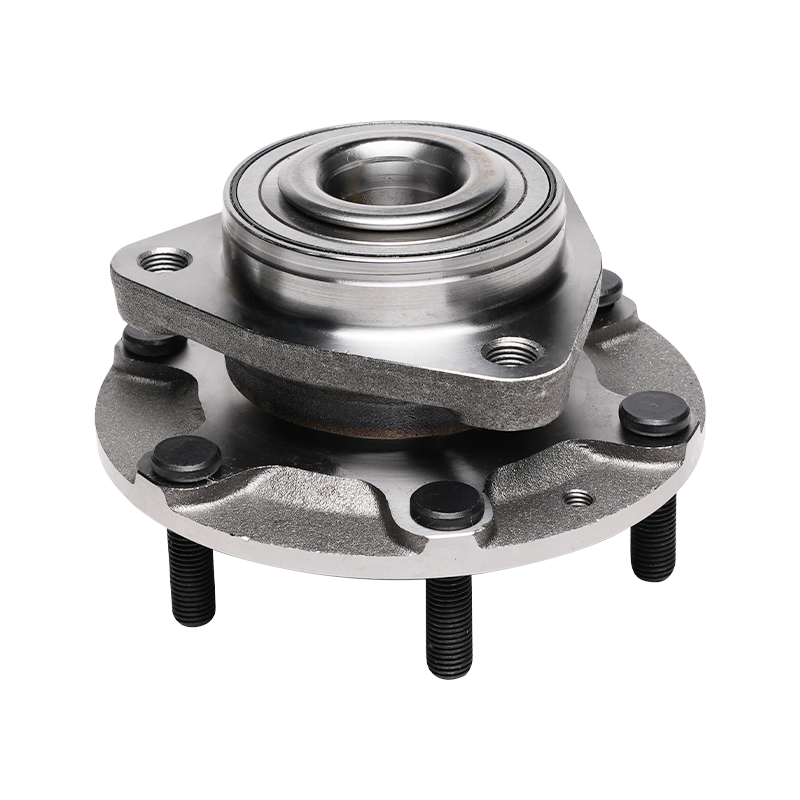Request for a call today
Wheel Hub Units: The Precision Secret of the Mechanical Heart of Automobiles
 2025.04.08
2025.04.08
 Industry News
Industry News
In the world of precision machinery in the automotive industry, Wheel Hub Units can be called the "mechanical heart" that connects the wheels and chassis. This seemingly ordinary cylindrical component actually carries the core mission of vehicle driving safety and performance. As a key hub for load bearing and steering, its technological evolution history itself is a history of the evolution of the automotive industry.
Modern wheel hub units have evolved into highly integrated mechanical modules. Taking the third-generation product as an example, it forms a whole with the core shaft and the inner ring of the bearing through a press-fit process, and then combines it with the external flange to form a compact unit structure. This design reduces the weight by 15% compared to the traditional structure, while reducing the space occupied by 20%. In electric vehicles such as Tesla Model 3, this optimization frees up valuable space for the battery pack. The tapered roller bearing integrated inside can withstand both axial and radial loads, ensuring the stability of the vehicle when driving at high speed or making sharp turns.
Technological innovation is not only reflected in the structure, but also extends to the field of materials. The aluminum hub unit launched by a well-known supplier has a 30% increase in fatigue strength through a special heat treatment process. In heavy-duty truck applications, its life is twice as long as that of traditional cast iron products. This material breakthrough has reduced the weight of a single hub unit from 8.2kg to 5.6kg, directly leading to improved fuel economy.
The maintenance of the hub unit is a model of precision machinery maintenance. When a professional technician was dealing with a replacement case of a Lexus ES350, he found that the rusted parts needed to be knocked with a hammer and sprayed with rust remover before they could be removed, exposing the protection shortcomings of traditional hub units in humid environments. Modern products have adopted a triple sealing structure: an outer dust cover, a middle labyrinth seal, and an inner magnetic oil seal, so that the waterproof performance meets the IP67 standard and effectively resists salt spray erosion.
Failure mode analysis shows that pitting of the bearing raceway is the most common fault. Statistics of 100,000 failed units of a certain brand show that 65% of pitting is caused by grease deterioration. To this end, the industry has developed a long-life lithium-based composite grease, which, combined with specially designed grease injection channels, extends the lubrication cycle from 50,000 kilometers to 150,000 kilometers. In actual tests of a certain brand of trucks, this improvement has reduced maintenance costs by 40%.
In the development of Tesla Cybertruck, engineers deeply integrated the wheel hub unit with the electronic differential system. Through real-time communication between the high-precision speed sensor and the on-board controller, the torque vector distribution accuracy of ±1.5° is achieved. In off-road conditions, this control accuracy improves the vehicle's ability to escape from difficulties by 50%. This electronic upgrade marks that the wheel hub unit is transforming from a mechanical component to an intelligent actuator.
From the cast iron bearings of the steam locomotive era to the intelligent wheel hub unit of the electric vehicle era, this cylinder with a diameter of less than 30 cm has always carried the ultimate pursuit of human freedom of movement. With the integration of materials science, intelligent manufacturing and electrification technology, the wheel hub unit will continue to drive the automotive industry to evolve in a more efficient and intelligent direction.

